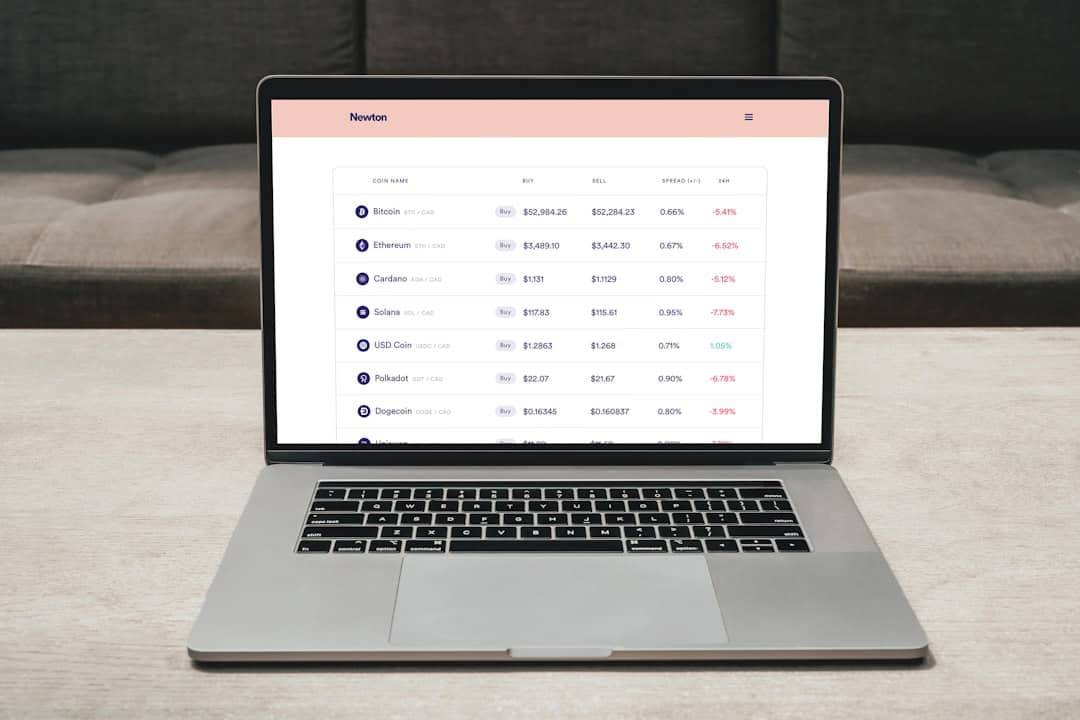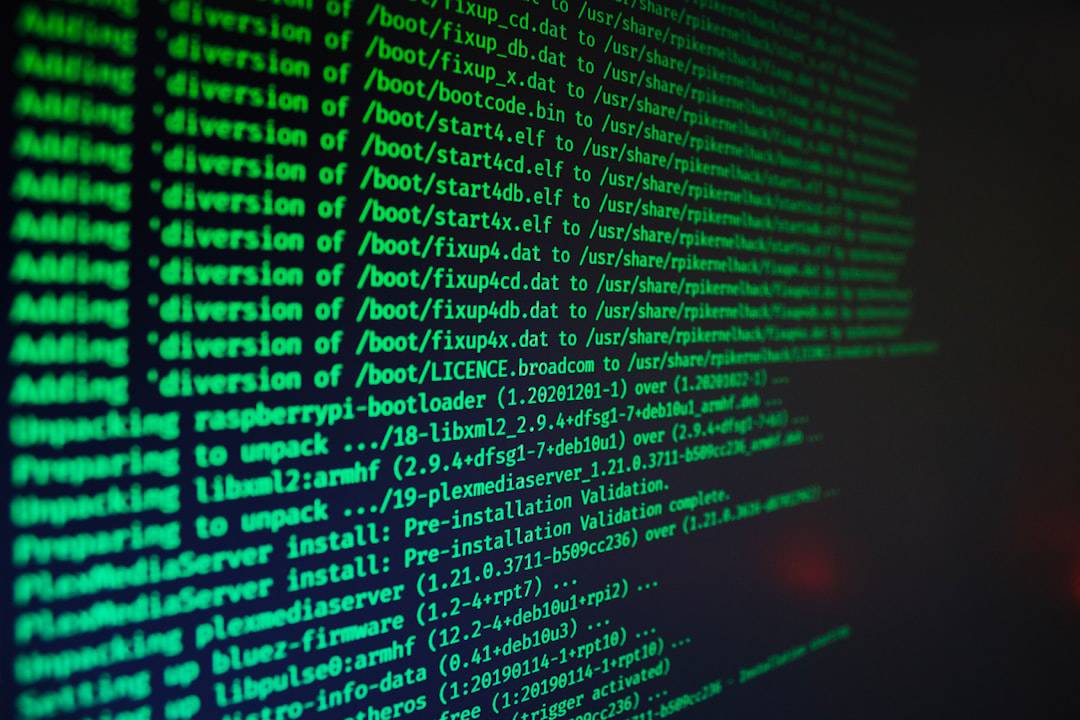Author: Science Team
-

Unlocking the Potential of Open AI
Transparency and accessibility in AI research and technology are key components of the Open AI (Open Artificial Intelligence) concept. This cooperative method of developing AI places a strong emphasis on knowledge sharing, open-source software, and accessibility for a broad spectrum of users, from small developers to major corporations. The public sharing of research findings, algorithmic…
-

Unlocking Security: Fortinet’s Zero Trust Approach
Zero Trust Network Access (ZTNA) is a security framework that operates on the principle of not trusting any user or device by default, regardless of their location relative to the network perimeter. This model acknowledges that security threats can originate from both internal and external sources, necessitating continuous verification and authentication for all users and…
-

Unlocking the Power of Embedded Machine Learning
Embedded machine learning integrates machine learning algorithms and models into embedded systems like IoT devices, microcontrollers, and edge devices. This technology enables these devices to make intelligent decisions and predictions independently, without constant cloud or central server connectivity. By bringing artificial intelligence capabilities to the edge, embedded machine learning allows devices to process and analyze…
-

Cracking the Brute Force Outlook Password
Brute force attacks are a prevalent technique employed by cybercriminals to gain unauthorized access to systems or accounts. This method involves systematically attempting every possible password combination until the correct one is identified. While time-consuming, brute force attacks can be effective if the attacker is persistent. These attacks are commonly used to compromise various types…
-

Uncovering the Dangers of Zero Day Attacks: A Real-Life Example
Zero-day attacks are a critical cybersecurity threat that exploits previously undiscovered vulnerabilities in computer systems or software applications. These attacks are termed “zero-day” because they occur on the same day the vulnerability is identified, leaving developers no time to create and distribute a patch or fix. This immediacy makes zero-day attacks particularly dangerous and challenging…
-

Protecting Industrial Systems: Cyber Security
Cyber attacks on industrial systems pose a significant threat to critical infrastructure safety, security, and stability. These attacks target various industrial control systems in power plants, water treatment facilities, manufacturing plants, and transportation systems. Attackers aim to disrupt operations, steal sensitive information, or cause physical damage to equipment. They employ tactics such as malware, phishing,…
-

Unlocking Sentiment Insights with Analytics Tool
Sentiment analysis, also known as opinion mining, is a computational technique used to determine the emotional tone behind written text. It employs natural language processing, text analysis, and computational linguistics to interpret attitudes, opinions, and emotions expressed in online content. This method is particularly valuable for businesses and organizations seeking to understand public perception of…
-

Unveiling the Power of Autoencoders in Data Compression
Autoencoders are a specialized type of artificial neural network used in machine learning and artificial intelligence for data compression and representation learning. Their architecture consists of three main components: an input layer, a hidden layer, and an output layer. The input layer receives raw data, which is then compressed by the hidden layer and reconstructed…
-

Enhancing Security with Zero Trust Network Access (ZTNA)
Zero Trust Network Access (ZTNA) is a security model designed to address the limitations of traditional network security measures. Unlike conventional approaches that rely on perimeter-based defenses, ZTNA operates on the principle of “never trust, always verify.” This model assumes that every user, device, and application is a potential threat and requires verification before granting…
-

Mastering TensorFlow: A Beginner’s Guide
Artificial Intelligence (AI) has become a prominent focus in the technology sector, with TensorFlow emerging as a key driver of this advancement. Developed by Google Brain, TensorFlow is an open-source machine learning library that facilitates the creation and deployment of machine learning models. It offers a comprehensive ecosystem of tools, libraries, and community resources, enabling…
-

Brute Force Remote Desktop: A Security Threat
Brute force attacks are a cybersecurity threat where attackers attempt to gain unauthorized access to systems or accounts by systematically trying all possible username and password combinations. This method is commonly used in remote desktop attacks, targeting the Remote Desktop Protocol (RDP) to access computers or networks. These attacks are typically automated, utilizing software capable…
-

Preventing Zero Day Attacks: A Comprehensive Guide
Zero-day attacks are cybersecurity threats that exploit previously unknown vulnerabilities in computer systems or software applications. These attacks are termed “zero-day” because they occur on the same day the vulnerability is discovered, leaving no time for developers to create and implement a fix. This immediacy makes zero-day attacks particularly dangerous, as they can cause significant…
-

Protecting Your Data: Cyber Security Tips
In the digital era, cyber security has become a crucial aspect of our daily lives. As we increasingly rely on technology for communication, financial transactions, and personal data storage, protecting ourselves from cyber threats is more important than ever. Cyber security encompasses various practices and measures designed to safeguard digital information and systems from unauthorized…
-

Securing Remote Access with Zscaler ZTNA
Zero Trust Network Access (ZTNA) is a security model that requires verification and authentication of every user and device attempting to access a network. This approach is founded on the principle of “never trust, always verify,” meaning no user or device is trusted by default, regardless of their location relative to the corporate network. ZTNA…
-

Mastering Deep Learning with Coursera’s AI Course
Coursera’s AI course offers a comprehensive introduction to artificial intelligence and deep learning. Led by industry experts, the curriculum covers a broad spectrum of topics, ranging from fundamental neural network concepts to advanced AI applications across various sectors. The course caters to both novices and experienced professionals seeking to enhance their AI and Deep Learning…
-

Preventing Brute Force Attacks on WiFi Networks
Brute force attacks are a prevalent hacking technique used to gain unauthorized access to systems or networks. This method involves systematically attempting every possible combination of passwords or encryption keys until the correct one is identified. While simple in concept, brute force attacks can be highly effective, particularly against systems with weak or easily guessable…
-

Understanding the Zero Day Exploit Threat
A zero-day exploit is a cyber attack that targets a previously unknown security vulnerability on the day it becomes public knowledge. This timing gives software developers no opportunity to create and distribute patches before attacks occur. Zero-day exploits pose significant risks because they can compromise systems lacking protection against the newly discovered vulnerability. These attacks…
-

Protecting Your Data: Computer Cyber Security Tips
In today’s digital age, cyber security has become a critical aspect of our personal and professional lives. With the increasing reliance on technology and the internet, the risk of cyber attacks and data breaches has also grown exponentially. It is essential to understand the importance of cyber security in order to protect sensitive information and…
-

Maximizing Security with Cisco ZTNA
Zero Trust Network Access (ZTNA) is a security framework designed to address limitations in traditional network security approaches. Unlike conventional models that rely on perimeter-based defenses, ZTNA assumes threats exist both inside and outside the network. This model focuses on verifying user and device identities, granting access based on specific policies regardless of the user’s…
-

Advancing Robotics with Reinforcement Learning
Reinforcement learning is a machine learning technique that enables robots to acquire knowledge through environmental interaction and trial-and-error processes. This approach is founded on the principle of reward and punishment, where the robot receives positive feedback for correct decisions and negative feedback for incorrect ones. Through this mechanism, robots can continuously adapt and enhance their…
-

The Dangers of Brute Force Hacking
Brute force hacking is a cybersecurity attack method that involves systematically attempting every possible combination of passwords or encryption keys to gain unauthorized access to a system or account. This technique is often employed when more sophisticated hacking methods have proven unsuccessful. While brute force attacks can be performed manually, they are typically automated using…